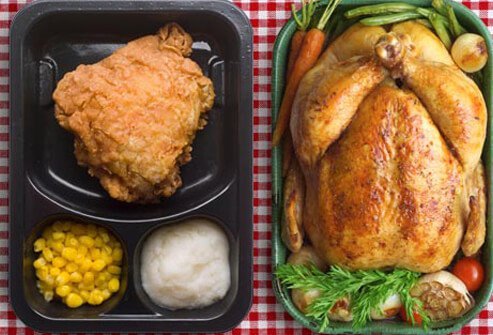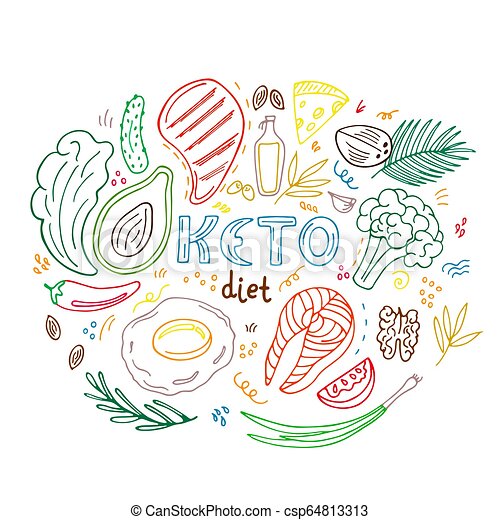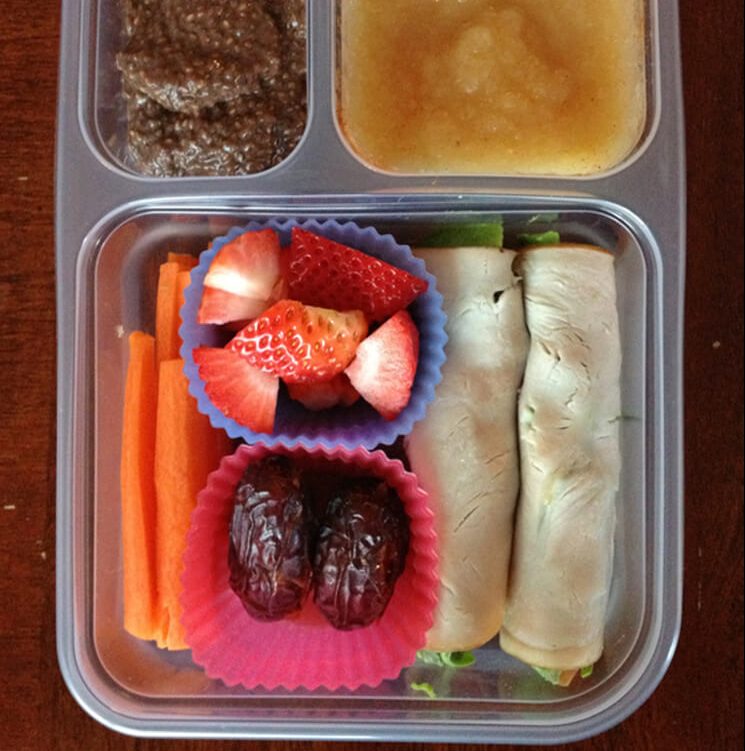
You should be aware of some side effects and precautions before you try a paleo diet to help diabetics. These modern fruits have been selectively bred and have higher sugar content than their historical counterparts. Make sure you're paying attention to your blood sugar trends and carbohydrate consumption to make sure you are getting the best out of your diet. You may need to adjust your diabetes medications as a result.
Side effects
Paleo is good for people who have diabetes. However, it has side effects. Due to the high fat and low glycemic carbohydrates, it can cause insulin changes and weight loss in overweight individuals. People with diabetes need to avoid foods high glycemic (GI) such as fruits. You should consult your doctor if you are diabetic but have not yet started the paleo diet.
Paleo is known for its controversial dairy policy. Dairy products are rich with calcium and other minerals. However, it is important to avoid hormone- or antibiotic-infused dairy products. Choose high-fat dairy products that contain the right amount of fat, protein and carbohydrates. Bad breath may be caused by dairy products. This temporary condition will pass as your body adapts.
Precautions
If you are a diabetic, consult a nutritionist before starting a paleo diet. People on insulin will find the low-carb lifestyle beneficial, but it is imperative to be cautious to avoid diabetes ketoacidosis. This occurs when there is an excessive amount of sugar in the blood. While ketosis is not the cause, this can occur when the blood sugar level of a person reaches dangerous levels.

The diet is low carbohydrate and high in vegetables. A diet rich in fruit and vegetables can help improve digestion and reduce constipation. In order to prevent inflammation from leading to a host of health problems, it is important that you eat enough protein and omega-3 fat acids. A doctor should be consulted by anyone with diabetes before starting a paleo lifestyle.
Benefits
Paleo diets are beneficial for diabetics for many reasons. This diet will stabilize blood sugar levels by eliminating simple carbohydrates. This diet will also restore insulin sensitivity. Simple carbohydrates cause blood glucose levels to rise and fall rapidly, making them a major problem for diabetics. Consuming foods rich in potassium and fiber will stabilize blood sugar levels. Sugar absorption can be slowened by combining fruits and vegetables with healthy fats and protein.
A recent study found that 13 people were following a traditional diet program developed by the American Diabetes Association. The purpose of the study was to control blood glucose and decrease risk factors associated with metabolic syndrome. Paleo was a diet that contained less carbohydrates and more protein. The diet resulted in patients losing weight. In three weeks, the participants achieved significant results in a short amount of time.
Canola oil
A new study found that canola canole oil may be beneficial to people with diabetes, despite all of the controversy. It can help improve blood glucose levels as well as insulin sensitivity. Researchers caution that the studies are limited and that results are often contradictory. In recent years, gluten-free diets are becoming more popular. To treat celiac disease, people must avoid gluten from their diet. This causes the body's immune systems to attack the gut as well as the nervous system. Chronic disease is caused by inflammation.
Researchers found that canola can help improve blood sugar levels as well as glucose control. It also improves blood flow in the body. Combined with a healthy diet, it can help people with diabetes improve their glycemic control and lower their risk of heart disease and diabetes. You can make fried foods with the oil without having to retain too much oil. A great way to include oil in your daily diet is to add a few drops to each meal.
Reduction in refined carbohydrates

Paleo is a diet that doesn't include grains, sugar or processed foods for diabetics. Because of this, it has lower carbohydrates than a typical western diet. It may help lower blood sugar levels by limiting carbohydrates, and choosing foods with low Glycemic Index values. It could be used as a tool to control blood sugar levels in individuals with type 1 and type 2.
This diet is for diabetics was compared to the Paleo diet. The former includes more dairy and refined carbs. In the latter, more protein and fiber are included. These results showed a decreased incidence of hypoglycemic episodes, and a delayed need to receive insulin therapy. Although it doesn't have the same benefits as the Paleo diet these findings are still worth looking into.
Insulin sensitivity improvements
Paleo, a trendy diet plan, emphasizes whole and unprocessed foods. However, dietitians are often wary of diet fads. Many trendy diets encourage consumption of processed and refined food, which isn't sustainable or budget-friendly. Despite this, the Paleo diet has a number of benefits for diabetics.
Researchers fed 13 type 2 diabetic patients a Paleolithic diet that included lean meats, fruits and vegetables. While there was no significant difference between the two groups, the paleolithic diet group had significantly lower HbA1c levels and increased insulin sensitivity. Additionally, the diet resulted in significant reductions of blood pressure and waist circumference.
FAQ
How to be a Chef
There are many routes to becoming a chef. Begin by enrolling at a community college. Next, consider attending culinary school. The last option is to apply for a job as a paid intern.
Do I require any special equipment?
Cooking doesn't require special equipment. However, it can be easier to use the right tools. For example, a knife could be used for pasta making or a whisk would be better than a hand mixer for whipping egg whites to stiff peaks. The right tools make cooking easier and faster.
How Can I Get Hired As a Cook?
Word of mouth can help you get a job as an experienced cook. Friends and family might know of a restaurant in need of additional staff. There are often openings posted on websites and bulletin boards.
What's the difference between a professional chef and an amateur cook?
A chef prepares food to be served to others. A cook cooks for others. While both jobs involve preparing food, a chef works directly with customers. This means they may have to decide what to serve guests based on their preferences. Cooks don't interact with customers. Instead, they ensure that the food tastes delicious before they serve it to others.
How do I become a chef?
First, you need to earn a culinary arts diploma in order to get a job working as a chef. You should next join a professional organization such as the American Culinary Federation. This organization provides certification exams and offers networking opportunities.
What can I learn about cooking?
Cooking classes are available throughout the country. Many schools offer classes in baking, pastry, wine tasting, and more. You can take a class at your local vocational school or community college if you are interested in learning more about cooking.
What are some of the benefits of using slow cookers?
Slow cookers can be very helpful because you can prepare delicious meals quickly. Slow cooker recipes require less oil or fat than traditional recipes, making them healthier. Because they cook for you while you sleep, slow cooker recipes can be convenient.
Statistics
- under 10 Kids have been taught that there is special food just for them, and Fiese says that 10 percent of kids will throw a tantrum if they don't get the food they want. (washingtonpost.com)
- You'll be amazed that over 90% of CIA students receive scholarships and grants to finish their culinary studies. (ischoolconnect.com)
- According to the BLS, chefs earn $58,740 a year. (learnhowtobecome.org)
External Links
How To
How to cook a steak
The right cooking method for any type of meat depends on its thickness. Thicker steaks cook best at low heat. Thicker steaks require higher temperatures.
It's important to not overcook the steaks as they will lose their taste. Don't forget to take the steak out of the pan once it's finished. This will ensure that you don't burn your self.
Cooking times depend on the size of the steak and the desired degree of doneness. Here are some guidelines:
Medium Rare: Cook till medium rare. This is when the internal temperature of the food reaches 145°F (63°C). This can take anywhere from 3 to 5 minutes per side.
Medium: Cook the meat until it reaches 160°F (71°C). This takes approximately 6 minutes per side.
Good Cooking: Cook the meat until it is done. This means that the internal temperature reaches 180F (82C). This can take between 8-12 minutes per side.